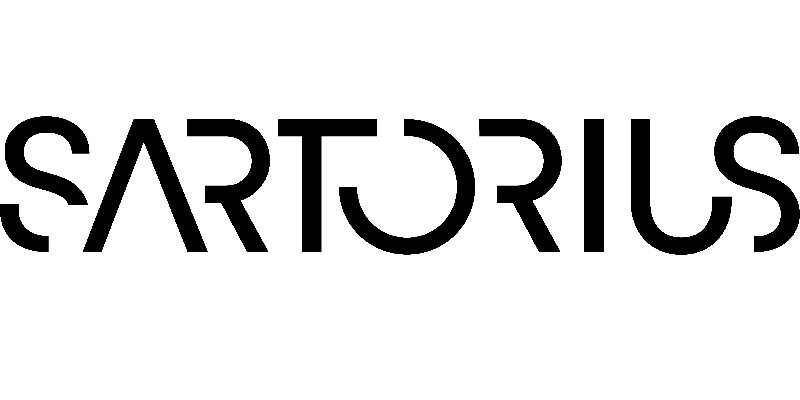Carnegie Mellon University and Sartorius aim to develop a computational workflow to integrate results of rapid viral titer assays to best match the outcomes of high precision determination of functional titer.
The two organizations will incorporate and validate their methods by using machine learning (ML) approaches.
Experiments will include:
This project will determine the workflow that optimizes analytical assay reproducibility and repeatability and will predict gaps in knowledge that may limit product analysis.
Multiclass Classifier for AAV8 Capsid Detection:
Benchmarking Quantitative Methods:
Development of New Analytical Tools:
Neural Network Model Development:
Decrease decision-making time and provides reduced use of costly assays
Create computational assessment of rapid viral titer assays (e.g., qPCR, ddPCR, optical imaging, probe-capture methods) to best predict functional titer of viruses
Provide evaluation methods that are applicable during viral production (e.g., bioreactor stage) to facilitate early decision making
Login to the NIIMBL member portal to access more, including:
Not yet a member? Learn more about which level of NIIMBL membership is right for you and your organization.

Carnegie Mellon University

Sartorius Stedim